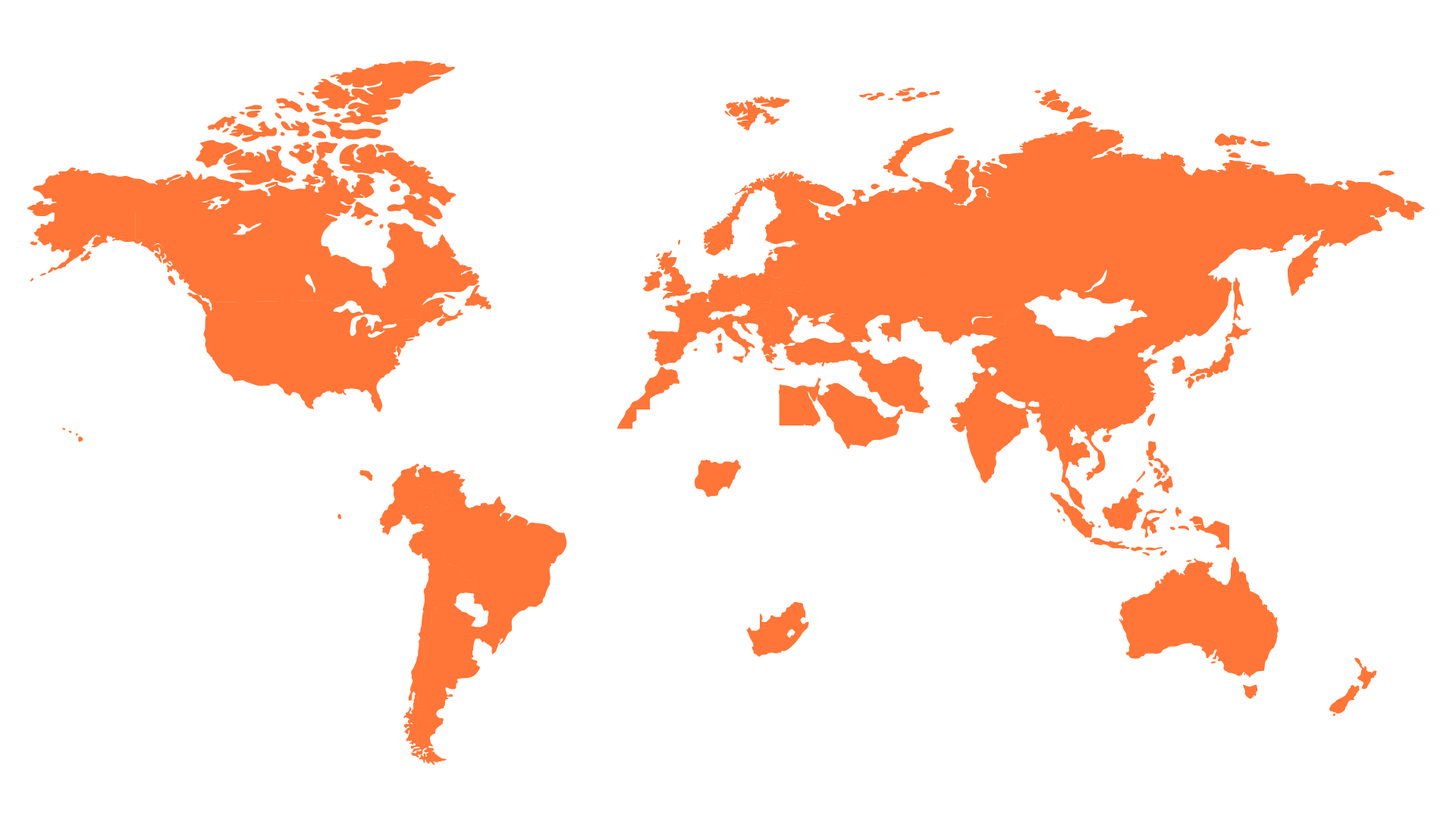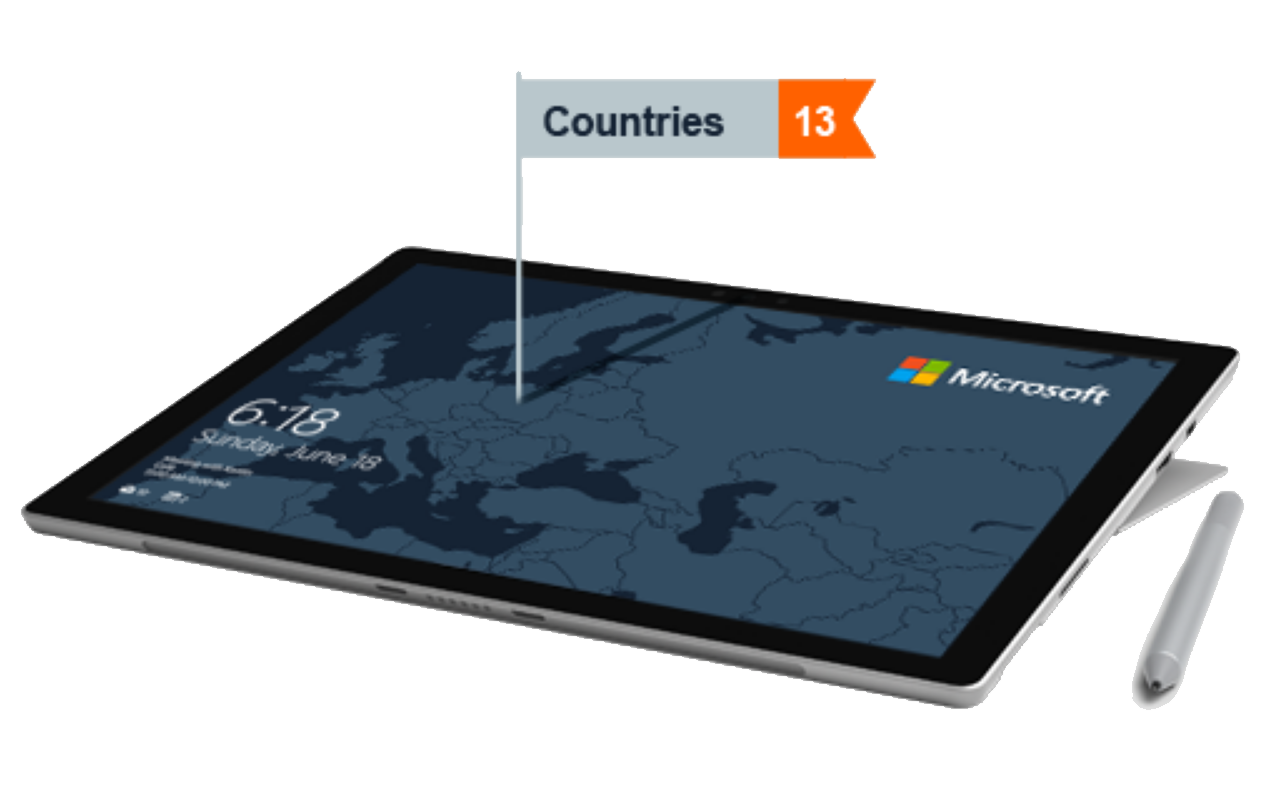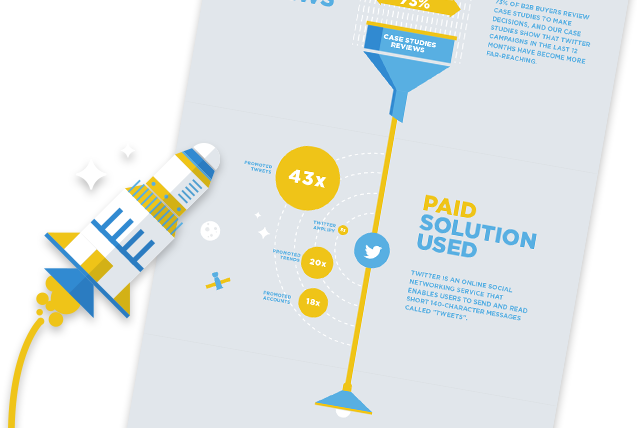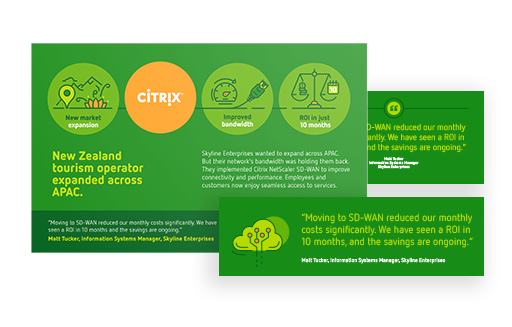
There are case studies and there are customer stories. You might think they are similar, but they serve different purposes. Understanding these differences is key for any business deciding which format to use in their marketing and sales activities.
Case Studies: the traditional approach
Case studies follow a structured format: challenge, solution, result. They present a clear problem, explain how a product or service addressed that problem, and highlight measurable outcomes. This method is rooted in an era where most if not all B2B purchases were transactional—one-time deals rather than ongoing relationships.
For example, a company selling project management software in 1998 might create a case study showing how their software improved efficiency for a creative agency by 30%. The format was simple and effective for potential buyers who needed proof that a product works.
Pros of Case Studies:
- Focus on tangible results
- Provide structured, easy-to-digest information
- Ideal for prospects looking for hard evidence before purchasing
- Help justify investments in capital expenditure
Cons of Case Studies:
- Can feel impersonal
- Often fail to capture ongoing customer experience
- Limited in showing how a business supports its customers
The shift to Customer Stories
Over the years, B2B relationships have changed. Many businesses now operate on a subscription model. Software-as-a-service (SaaS), managed services, and even office supplies are ongoing commitments rather than one-time purchases.
With this shift, companies must do more than prove that their product works. They need to build trust and show reliability over time. That’s where customer stories come in.
Customer stories go beyond a case study. They highlight the customer’s journey: why they chose a product, how they used it, and why they continue to trust the provider. Instead of just presenting a solution, customer stories explore the human side of a business relationship.
For instance, a customer relationship management (CRM) software provider might feature a customer story about a sales team struggling with outdated tools. The story might focus on how the previous tools required a sales rep to work late shifts, missing their kids' school rehearsals. Switching to the new CRM enabled that sales rep to carry out simple tasks remotely, anytime, anywhere, even at their kids’ rehearsal, improving their, and the whole team’s, morale, streamlining operations, and strengthening client relationships by being ‘always there’. This, then, boosted sales by 30% and opened doors to new opportunities. This type of story isn’t just about features or ROI—it’s about real people benefiting from the service.
Pros of Customer Stories:
- Build emotional connection and trust
- Show long-term value rather than a one-time result
- Demonstrate ongoing improvements
Cons of Customer Stories:
- Less structured, which may appeal less to data-driven buyers
- Require more effort to create compelling narratives
- Measurable success is mixed between soft success metrics, making it less obvious (or less in-your-face)
When to use each
Use a Case Study when:
-
-
-
- your audience values data and measurable outcomes
- selling high-ticket, one-time purchase products
- targeting analytical decision-makers
- presenting ROI-focused pitches to stakeholders
-
-
Use a Customer Story when:
-
-
-
- you need to build trust and credibility for long-term relationships
- selling a subscription-based or service-oriented product
- marketing to decision-makers who prioritize customer experience and ongoing support
- appealing to emotional and practical considerations in decision-making
-
-
Where to use each asset
Case Studies:
-
-
-
- Sales presentations
- Whitepapers and reports
- ROI comparisons
- Email campaigns focused on measurable success
-
-
Customer Stories:
-
-
-
- Website testimonials and blog posts
- Social media marketing
- Sales pitches where relationships matter
- Nurturing campaigns aimed at building long-term trust
-
-
The right choice for your business
A case study proves that your product works. A customer story proves that your company is worth trusting. B2B businesses should choose based on their goals.
If your industry values hard data and performance metrics, case studies are effective. If customer experience, ongoing service, and trust are crucial, customer stories make a stronger impact.
In many cases, a mix of both is best. A case study can establish credibility, while a customer story can make your brand more relatable. The key is knowing your audience and their decision-making process.
So, which one does your business need right now?







